
Rice ‘metalens’ could disrupt vacuum UV market
Rice photonics researchers have created a potentially disruptive technology for the ultraviolet optics market.

Rice ‘metalens’ could disrupt vacuum UV market
Rice photonics researchers have created a potentially disruptive technology for the ultraviolet optics market.
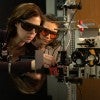
Closer look helps Rice lab ponder when a protein’s prone to wander
Rice chemists have discovered surface interactions could be tunable at the single-protein level

NSF grant kicks off Center for Adapting Flaws into Features
Rice University has won a Phase I National Science Foundation grant to establish the NSF Center for Adapting Flaws into Features to investigate nanoscale chemical phenomena and optimize the structures and electronic properties of materials.

Thin is now in to turn terahertz polarization
Rice lab’s discovery of ‘magic angle’ builds on its ultrathin, highly aligned nanotube films
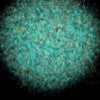
Silver ions hurry up, then wait as they disperse
There’s gold in them thar nanoparticles, and there used to be a lot of silver, too. But much of the silver has leached away, and researchers want to know how.
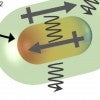
‘Soft’ nanoparticles give plasmons new potential
Bigger is not always better, but here’s something that starts small and gets better as it gets bigger.
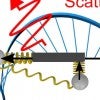
Cartwheeling light reveals new optical phenomenon
Researchers at Rice University have discovered details about a novel type of polarized light-matter interaction with light that literally turns end over end as it propagates from a source.
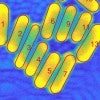
New tool helps nanorods stand out
Rice scientists introduce an open-source method to simplify nanoparticle analysis using scanning electron microscope images.